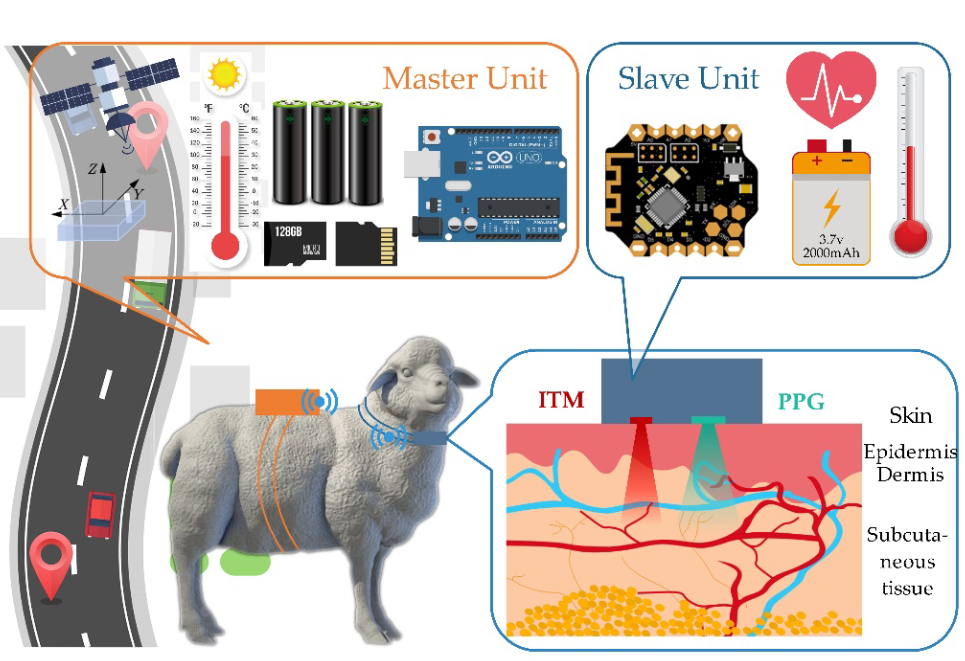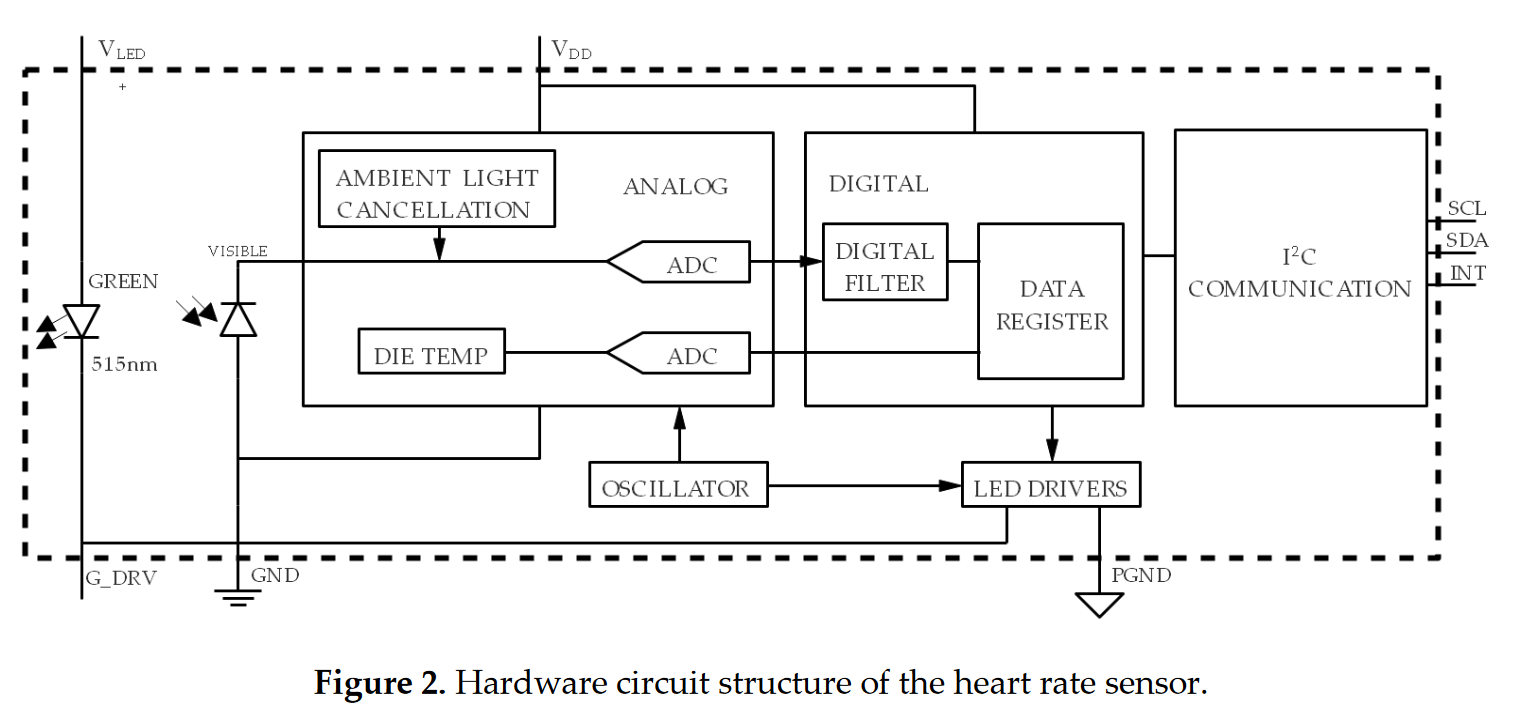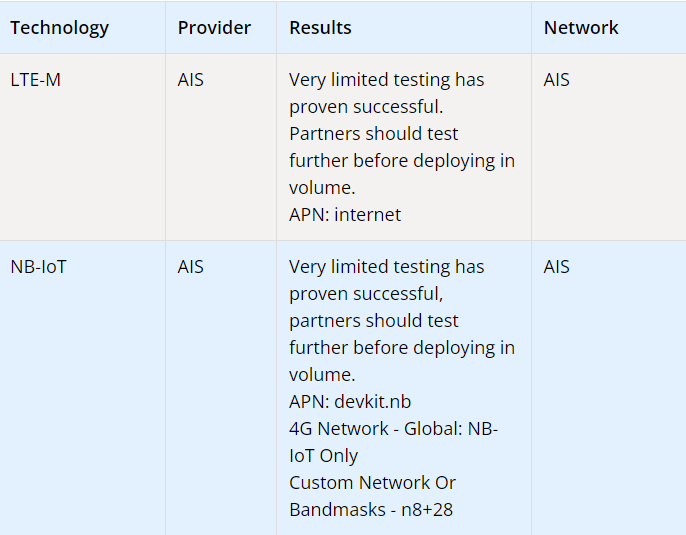Collar & IoT
Devices and sensors used in collars.
Collar Requirements
Hardware
We want a small box that will be attached to the dog or cat collar. So
- It should be small and light as much as possible (weight <50g, should not be bigger than 80 · 30 · 20 mm)
- Long lasting battery (minimum >24 hours)
- Can alway connect to the internet (>95% of the battery time)
- Every sensors will be integrated into the box. (We need to build a custom PCB)
- Waterproof
Software
- Can use MQTT to send the data to the server every 5 minutes. (QOS 1, at least once)
- Trigger the microphone to record the sound when there's a sound that exceed the threshold
- Store the GPS data every 5 minutes.
- Store the heart rate data every 10 seconds.
- Can go in power save mode, when the pet is lost (only sending GPS data)
Sensors
Heart Rate
From this Article | ECG vs PPG for heart rate monitoring
- PPG (photoplethysmography) use a light-based technology to sense the rate of blood flow.
- ECG (electrocardiography) measure the electric signal generated from the heart.
Dealing with Dog and Cat fur
from this Research | IoT for Living Sheep.
- For convenient wearing and high reliability PPG sensor type is better.
- They measure pulse and blood oxygen saturation by using sheep tissue to cause different light transmittance when the blood vessels beat.
- The heart rate sensor is composed of light source (they use green LED because the absorption characteristics of hemoglobin.) and photoelectric converter.
- They emitted green LED captured light signal then converted into an electrical signal, amplified, and outputted
Since this method works on animals like sheep, which have thick fur, as well as dogs and cats, it is an interesting method to use.
Structure of PPG Heart Rate Sensor
- LED Chip AM2520 (Green)
- Optical Receiver Chip APDS-9008
- Electrical Signal Amplifier
GPS / LTE
SIM7080G NB-IoT / Cat-M / GNSS (This can also provide GPS)
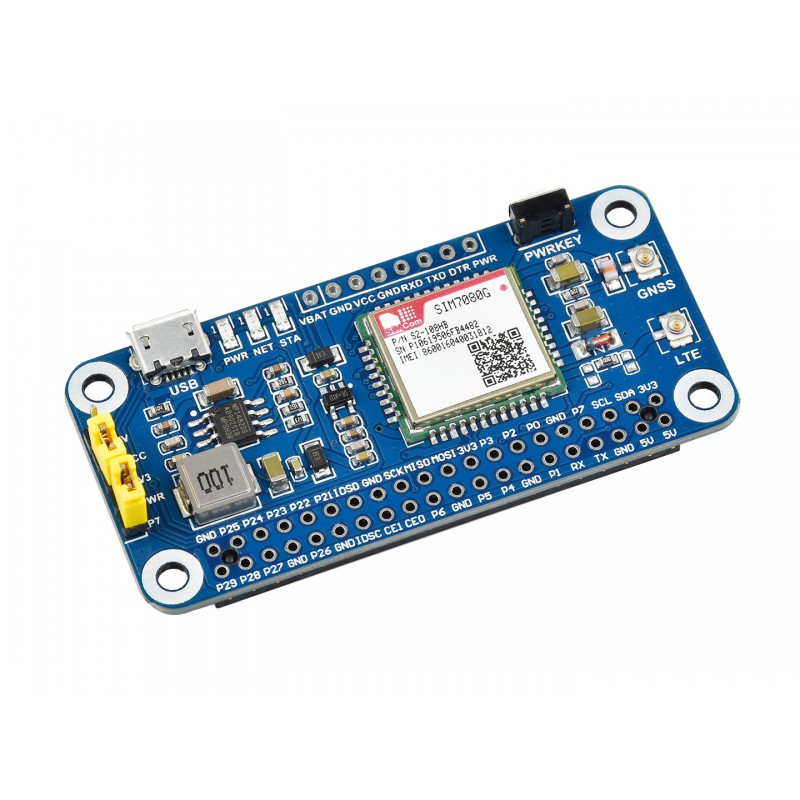
Specs
- SIM Card 1x slot
- GNSS positioning (GPS, GLONASS, BeiDou, and Galileo)
- Data rate
- Cat-M (LTE-M): Uplink 1,119 Kbps, Downlink: 589 Kbps
- NB-IoT: Uplink 150 Kbps, Downlink: 136 Kbps
SIM Provider in Thailand
Data usage Assumption (1 Collar in 1 Day)
Uploading datas from Collar's sensors to Data Center.
Voice
- Voice record length 10 seconds + MQTT Struct = ~70 KB
- Around 10 Voice records upload per day
- Voice Data Usage (per day) = 70KB x 10 = ~700 KB
Heart Rate
- Heart rate payload + MQTT Struct = ~20 Bytes
- Heart rate data updates every 10 seconds
- Heart rate Data Usage (per day) = 20B x 8,640 = ~172 KB
GPS Position
- GPS Position payload + MQTT Struct = ~50 Bytes
- GPS Position updates every 5 minutes
- GPS Position Data Usage (per day) = 50B * 288 = 14.4 KB
Microphone
For recording pet's voice then send to ML server to classified pet's emotional.
Voice Sound Detection Sensor Module
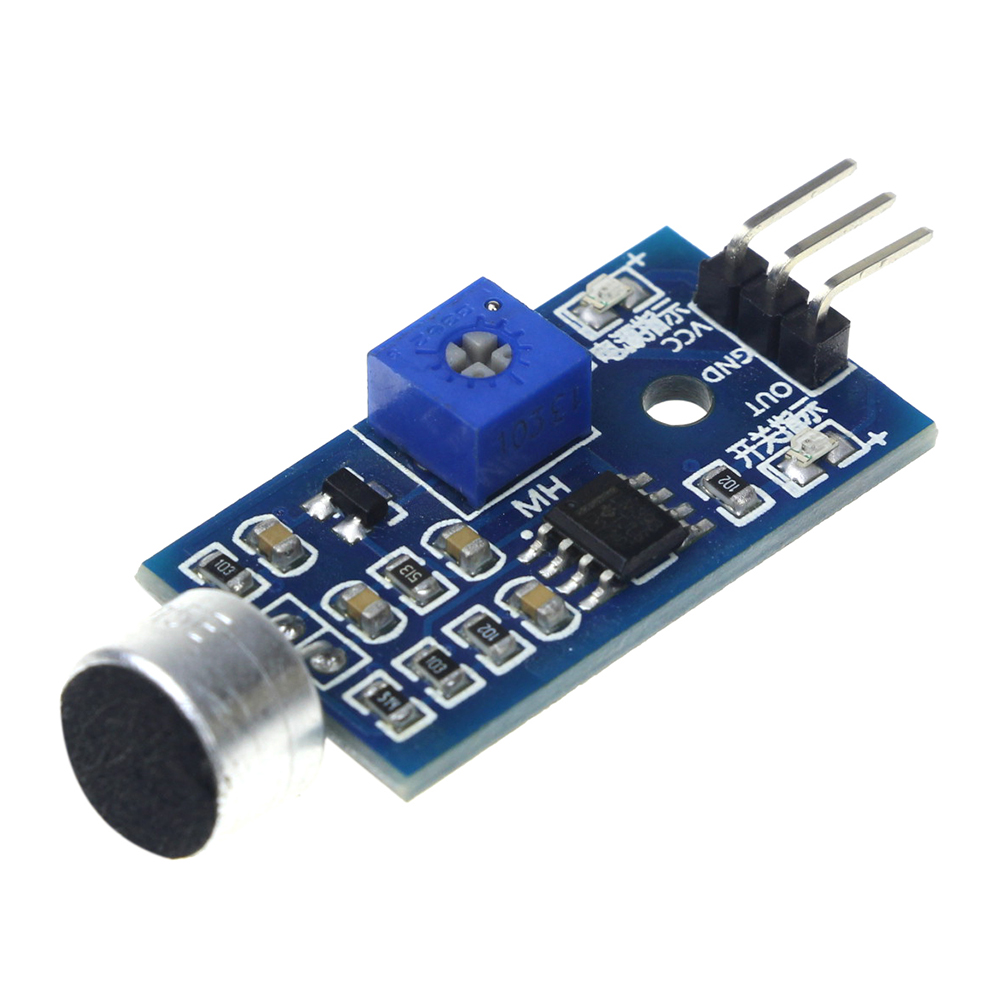
This is for triggering the voice recorder module for recording pet's voice, Since We don't want to record all the time.
Fermion: Voice Recorder Module
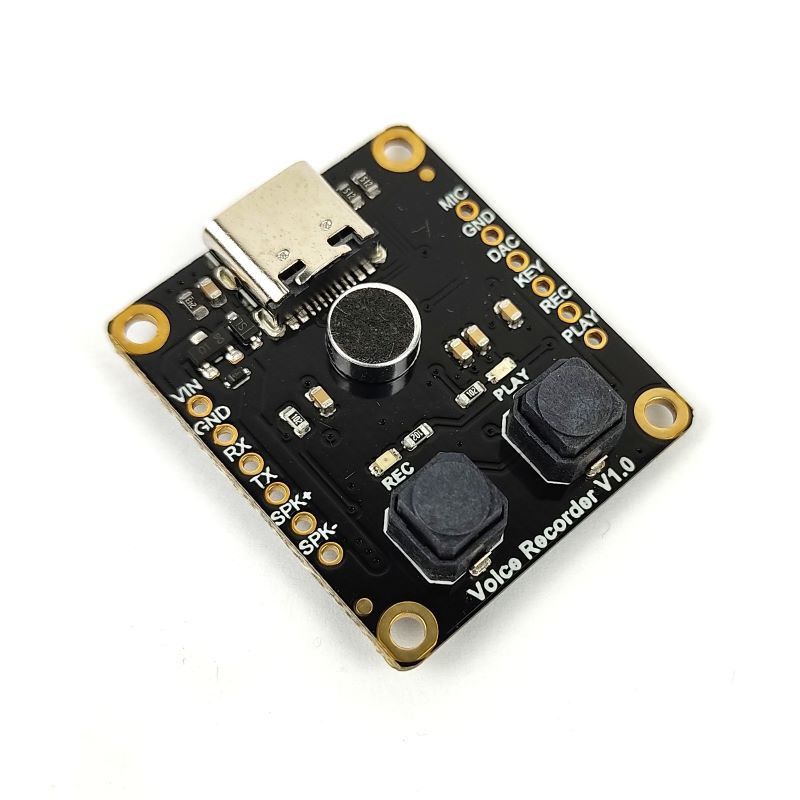
This is the voice recorder module for recording pet's voice.
Specs
- Sampling Rate: 48kbs
- Frequency Response: 20-20KHz
- Storage: 16MB
- Support about 40 minutes voice recording
Accelerometer
For tracking pet's activity, movement.
Accelerometer/Gyro Module (MPU6050)
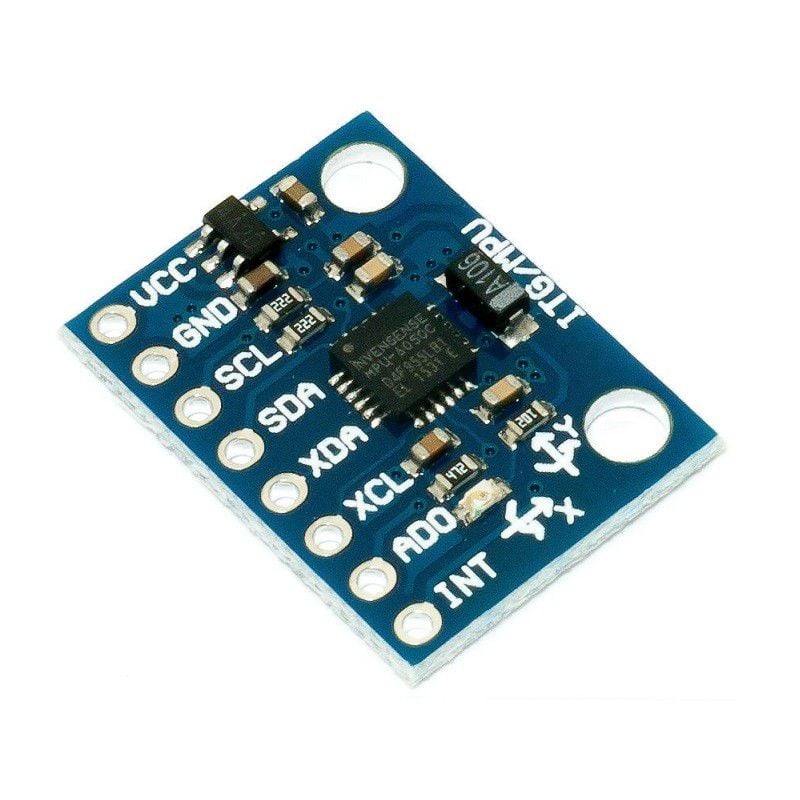
Specs
- 3-axis accelerometer (x, y, z)
- 3-axis gyroscope (x, y, z)
- In-built Temperature sensor
Processor
Raspberry Pi Pico
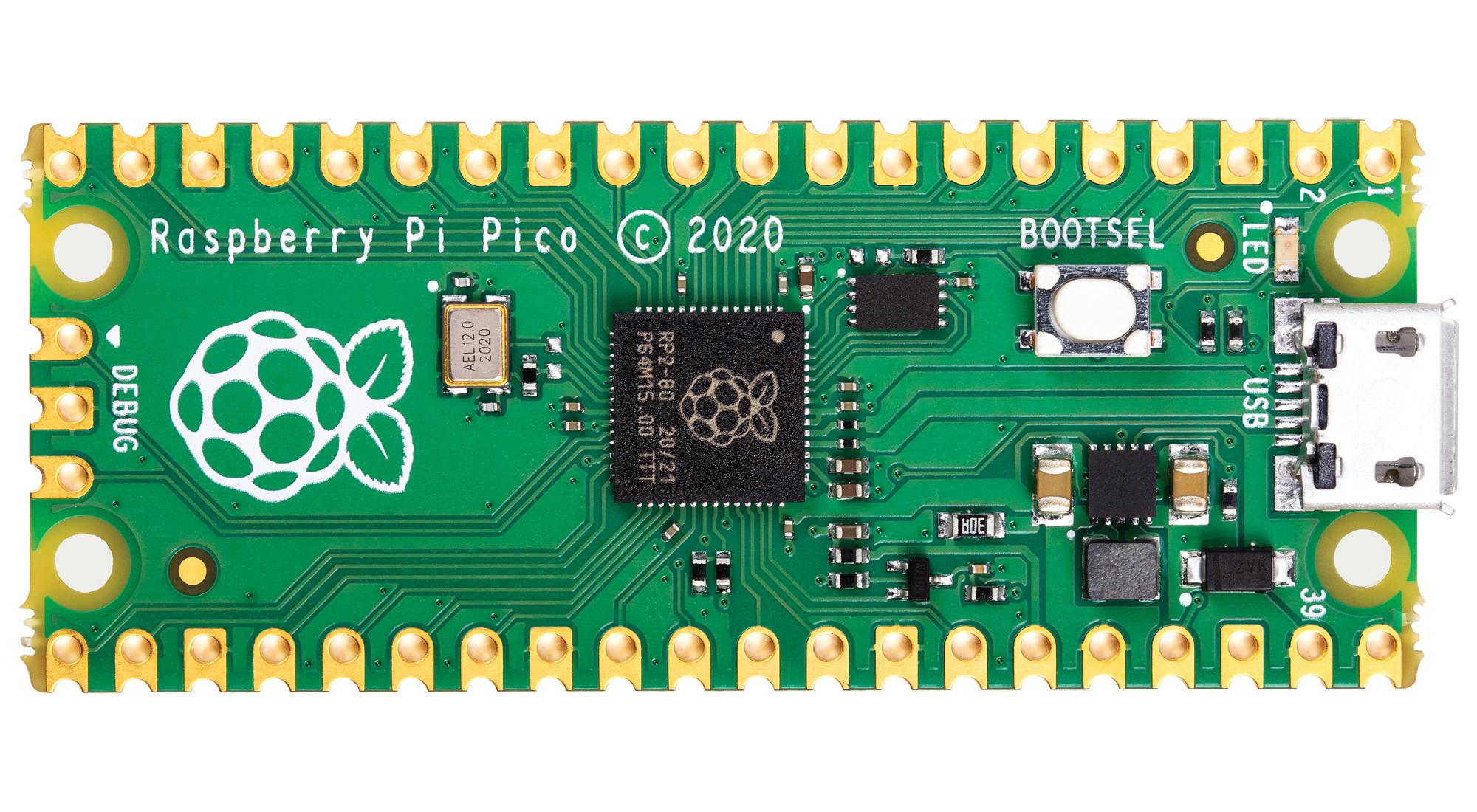
The Raspberry Pi Pico is a microcontroller board, and its features are tailored towards specific use cases where a compact, low-cost, and power-efficient solution is required.
Battery
Lithium Polymer (LiPo) Battery type.
Advantages
- LiPo battery is flexible and can be manufactured in various shapes and size, This flexibility makes them suitable for applications where space is limited.
- High energy density meaning they can store more energy in a given volume or weight.
Since our collar must be small, lightweight and space is limited. From the advantages of LiPo batteries that can hold a lot of energy and can change shape Therefore it seems like a good option to use.
The battery model we are interested in
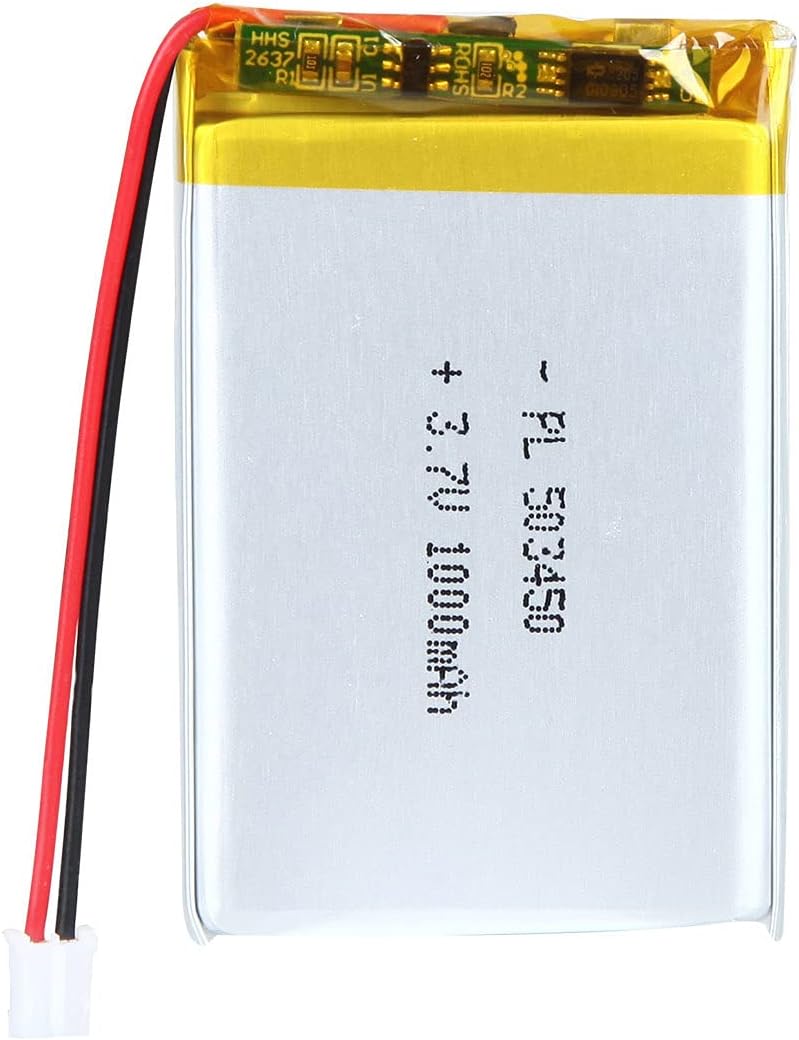
- YDL 3.7V 1000mAh 503450 Lipo Battery Rechargeable Lithium Polymer x 2
- Voltage: DC 3.7V; Capacity: 1000mAh
- Material: Lithium Polymer; Net Weight: 22g
- Size: 50 x 34 x 6mm / 1.97" x 1.34" x 0.24" (LWT)
Power assumption
- Raspberry Pi Pico: ~50mA (Active),
- Accelerometer/Gyro Module: ~4mA (Active)
- Voice Sound Detection Sensor Module: ~5mA (Active)
- Voice Recorder Module: 15mA (Active)
- SIM7080G NB-IoT / Cat-M / GNSS: 15mA (Active)
- PPG Heart Rate Sensor: 5mA (Active)
- Sleep mode (PICO/SIM/GPS): 30mA (Sleep)
\( P_{\text{active}} = 50 + 4 + 5 + 15 + 15 + 5 = 94 \ \text{mA} \) and \( P_{\text{sleep}} = 30 \ \text{mA} \)
\( T_{\text{active}} = 0.8 \) (80% active time) and \( T_{\text{sleep}} = 0.2 \) (20% sleep time)
\[ \text{Average Power Consumption} = (P_{\text{active}} \times T_{\text{active}}) + (P_{\text{sleep}} \times T_{\text{sleep}}) \] \[ \text{Average Power Consumption} = (94 \ \text{mA} \times 0.8) + (30 \ \text{mA} \times 0.2) \]
Now, calculate the battery life:
\[ \text{Battery Life (hours)} = \frac{C_{\text{battery}}}{\text{Average Power Consumption}} \]
Substitute the given values and adjust for two batteries:
\[ \text{Battery Life (hours)} = \frac{2000 \ \text{mAh}}{(0.8 \times 94 \ \text{mA} + 0.2 \times 30 \text{mA})} \]
\[ \text{Battery Life (hours)} = \frac{2000 \ \text{mAh}}{81.2 \ \text{mA}} \approx 24.6 \ \text{hours} \]
Which include of power saving mode these batteries can supply our collar's sensors for at least 24hrs.
